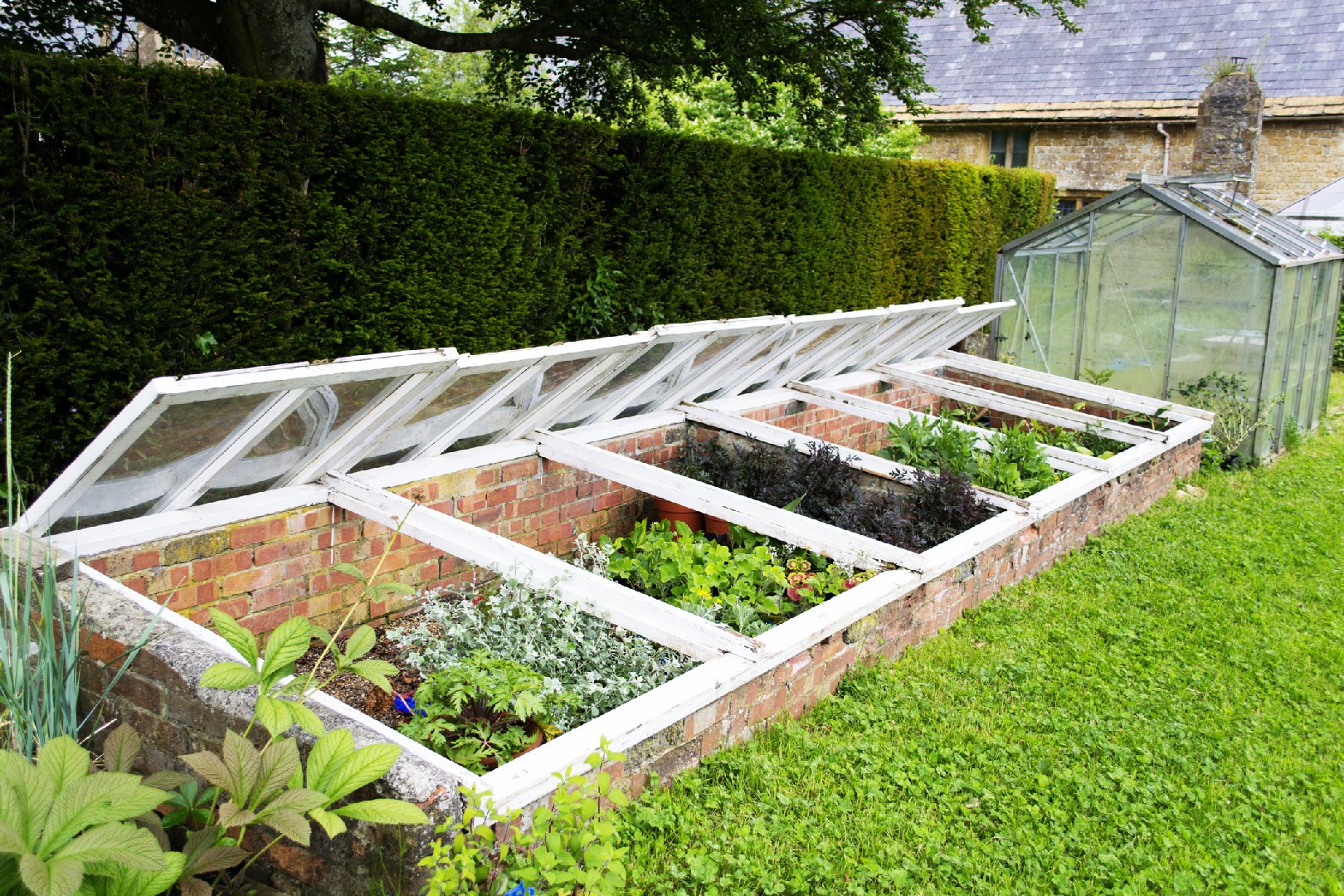![Rectangle]()
Understanding the Growing Season
In gardening, the growing season refers to the period in which plants can grow and thrive outdoors. It is influenced by factors such as temperature, sunlight, and soil conditions. Understanding the growing season is crucial for successful gardening, as it allows gardeners to plan their planting and harvesting activities effectively.
The concept of the growing season is especially important for raised bed gardens, as they provide a controlled environment that can extend the growing season both in the spring and fall. By utilizing various techniques and methods, you can maximize your garden's productivity and enjoy fresh produce for an extended period of time.
Extending the growing season in your raised bed garden has several benefits. Firstly, it allows you to start planting earlier in the spring, taking advantage of the warmer days and giving your plants a head start. This can result in higher yields and an earlier harvest. Secondly, by extending the growing season into the fall, you can continue to harvest fresh vegetables even when the temperatures start to drop.
To extend the growing season in your raised bed garden, there are a few key challenges that you need to address. One of the main challenges is protecting your plants from frost during the early spring and late fall. Frost can damage or even kill your tender plants, so it's important to take precautions. One effective method is to use protective coverings, such as row covers or cloches, to shield your plants from the cold temperatures.
Another challenge is maintaining the right soil temperature for optimal plant growth. In the early spring, the soil may still be too cold for certain crops, so it's helpful to use techniques like mulching or installing a hoop house to raise the soil temperature. In the fall, you can use techniques like adding a layer of compost or using black plastic mulch to trap heat and keep the soil warmer.
Additionally, providing adequate sunlight is essential for your plants to thrive. In the early spring and late fall, the days are shorter, which means less sunlight. To overcome this challenge, consider using reflective materials, such as aluminum foil or mirrors, to redirect sunlight to your plants. You can also strategically position your raised bed garden in a location that receives maximum sun exposure.
In summary, understanding the growing season is crucial for successful gardening in raised bed gardens. By extending the growing season, you can enjoy fresh produce for a longer period of time. Addressing challenges such as frost protection, soil temperature, and sunlight can help you maximize the productivity of your garden. Incorporating these tips and techniques into your gardening practice will help you create a thriving raised bed garden that yields abundant and delicious crops throughout the year.





